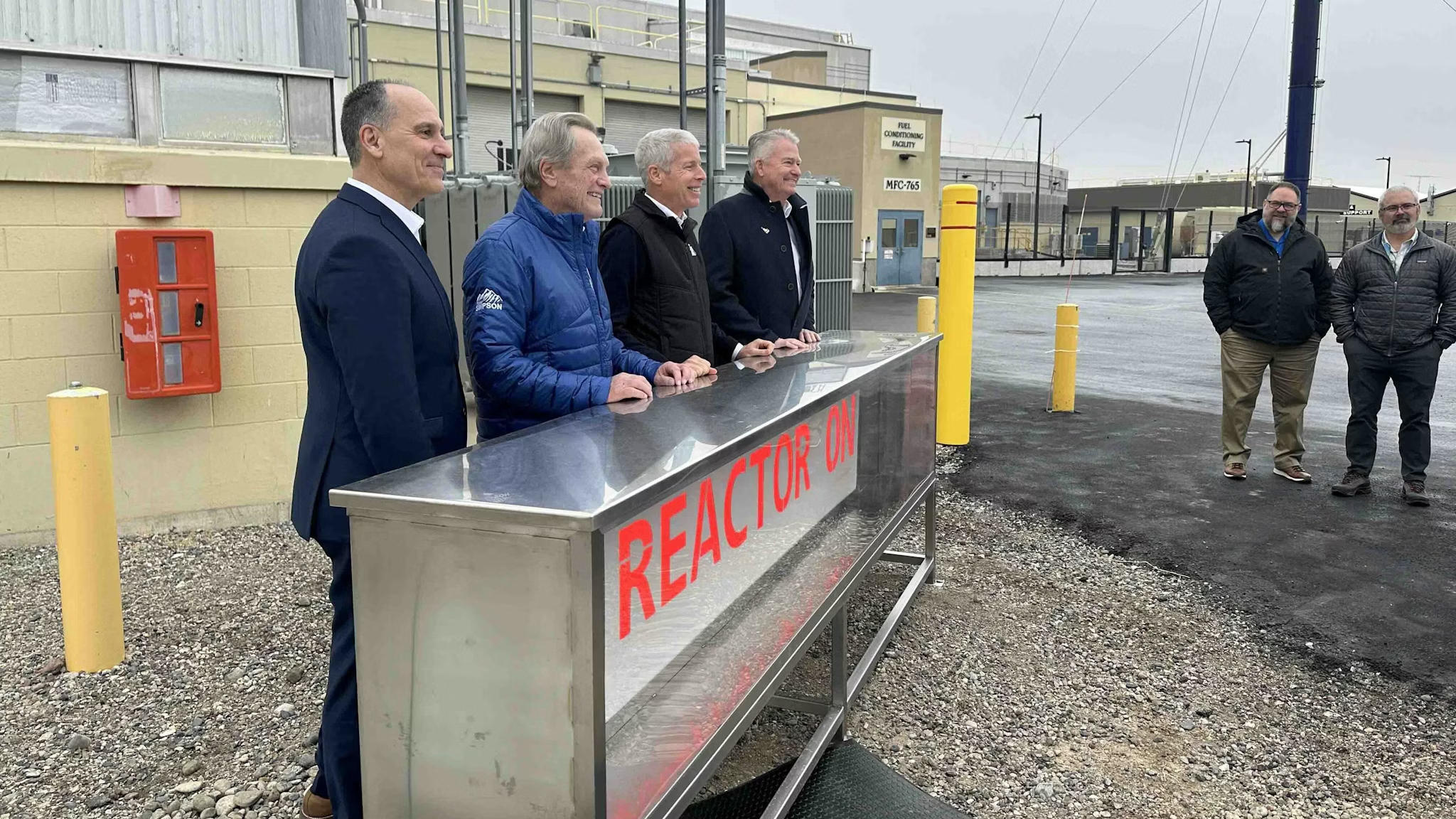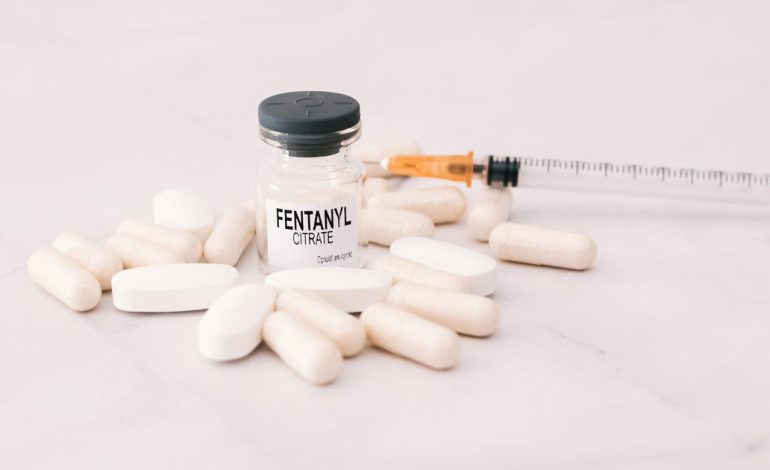As deaths from fentanyl decline across the country, including in Portland, Maine, a new drug crisis is rapidly gaining ground — methamphetamine, the New York Times reports.
Known for its ability to keep users awake for days and induce intense psychosis, the powerful stimulant is now challenging the city’s public health and safety systems in unprecedented ways.
In recent months, the staff at Spurwink, a mental health clinic in Portland, noticed something disturbing. Many patients being treated for opioid addiction were disappearing for days or weeks, missing therapy sessions and medication refills. When they resurfaced, they did not display typical signs of fentanyl use. Instead, they were manic, paranoid, and erratic — clear indicators of methamphetamine use.
“Meth is a cyclone of misery,” said Bill Burns, a behavioral health responder with the Portland Police Department. “It spins out users, responders, and entire communities.”
Methamphetamine is not new, but its current form is more dangerous than in decades past. Mass-produced in cartel-run labs in Mexico, today’s meth is cheaper, more potent, and increasingly cut with other harmful substances, including fentanyl and xylazine.
As fentanyl becomes more diluted and expensive, meth is filling the gap in Portland and across the nation. Local authorities say it is now often a drug of first choice. However, unlike fentanyl, meth has no FDA-approved treatments to curb cravings or reverse overdoses, making it especially difficult to combat.
Fatal overdoses involving meth have been steadily rising. According to the Centers for Disease Control and Prevention, nearly 35,000 US overdose deaths in 2023 involved stimulants such as meth, a staggering increase from about 3,600 in 2013. Maine mirrors this trend: 194 overdose deaths in 2023 were meth-related, up from just 12 a decade earlier.
In Portland’s Bayside neighborhood, signs of the meth crisis are visible daily. Individuals experiencing meth-induced psychosis roam the streets, and emergency responders are increasingly called to handle violent or erratic behavior. Police report dozens of repeated calls about individuals acting out in public places, but due to legal and medical limitations, few can be detained or treated involuntarily.
“Everyone is spinning,” said Burns. “The person on meth has no idea what’s going on, and neither do we. At the end of the day, nothing really gets better.”
One young man, 26, has drawn over 85 emergency calls in one year for a range of incidents, from lying in traffic to causing scenes at daycare centers. Each time, police and health workers struggle to get him meaningful treatment.
Meth’s allure lies in its powerful high — users describe it as giving them energy, confidence, and alertness. Some Portland residents, especially those living in shelters or encampments, say meth helps them stay awake and protect themselves.
But the drug’s aftermath is devastating. Prolonged use can result in paranoia, hallucinations, memory loss, and severe dental decay. Its impact on the brain and body often pushes users toward extreme behaviors or to alternate between meth and opioids to manage withdrawal symptoms.
Kailan, a 38-year-old woman living in a Bayside shelter, exemplifies the tight grip meth can have. After years of opioid use and homelessness, she now receives daily methadone treatment — but still smokes meth several times a day.
“Dope is my worst enemy,” she said, “but meth is my best friend.”
Despite decades of experience combating opioids, Portland’s healthcare system is struggling to keep up with meth’s unique challenges. Providers lack medical tools equivalent to Narcan, and with no pharmaceutical treatments for meth addiction, outreach workers are left with limited options.
Organizations like Spurwink, Commonspace, and Preble Street are adapting by offering safe spaces, harm reduction education, and mobile mental health services. At Commonspace, a whiteboard reads, “Meth depletes your nutrients — eat foods high in magnesium!” and encourages water intake and rest.
“We’re in the middle of a war, and we don’t know our way out yet,” said Courtney Pladsen, a nurse practitioner working with Portland’s unhoused population. “The tools we have just aren’t enough.”
Drug enforcement officials say the shift toward meth is not isolated. Across the country, cartels are diversifying their offerings — with meth, counterfeit pills, and crack cocaine becoming increasingly common.
“Meth is surging just as fentanyl demand appears to be tapering off,” said Rick Desjardins, director of the Maine Drug Enforcement Agency. “The landscape is changing fast, and the public health system is playing catch-up.”
For those on the front lines, like Burns and his team, the work continues — offering rides to clinics, checking in on people living on the street, and distributing food and basic supplies.
“Sugar is the least of their problems,” he says while handing out homemade Rice Krispies treats.










The latest news in your social feeds
Subscribe to our social media platforms to stay tuned